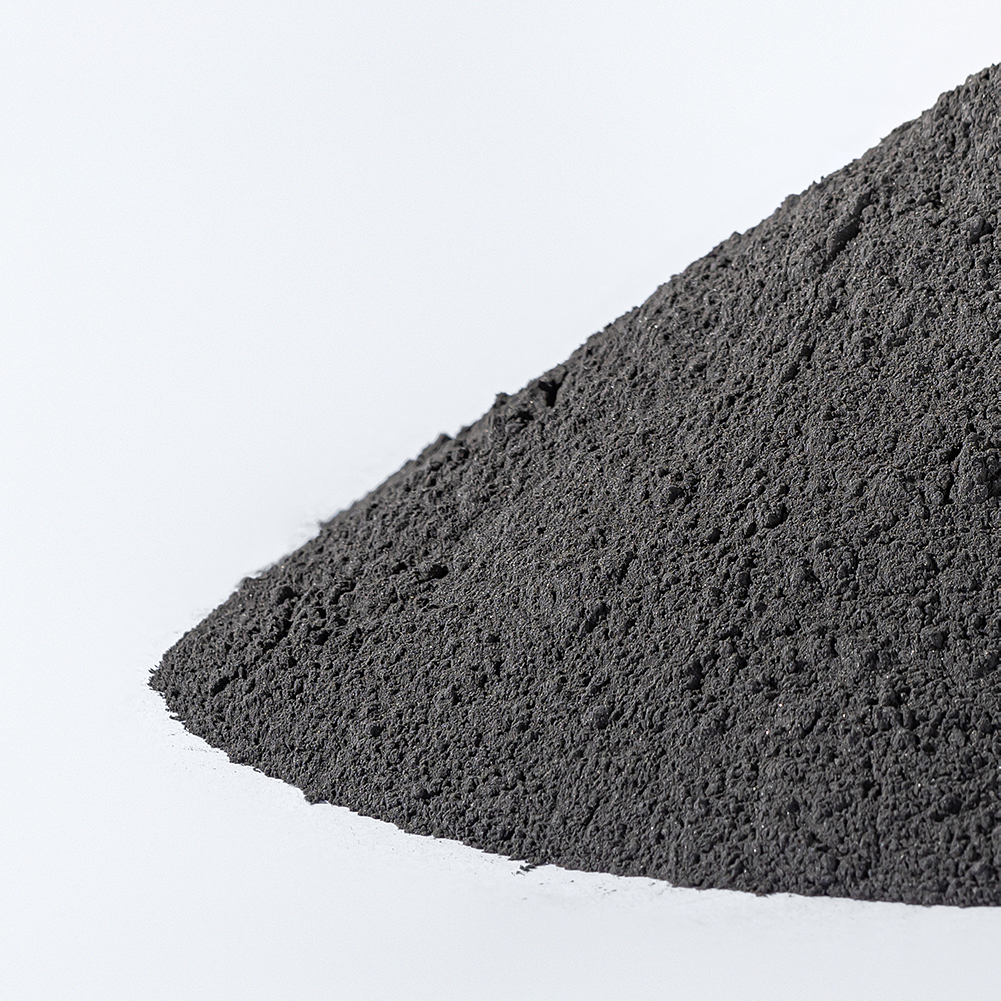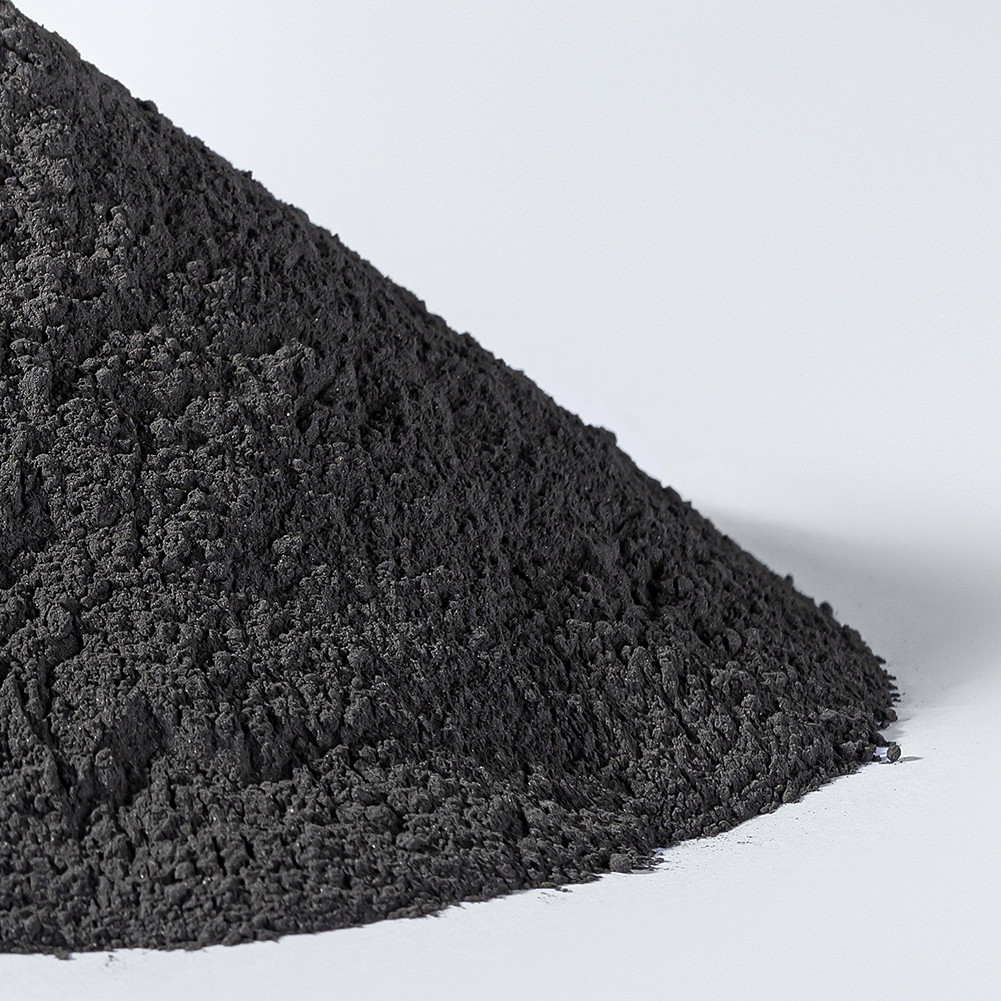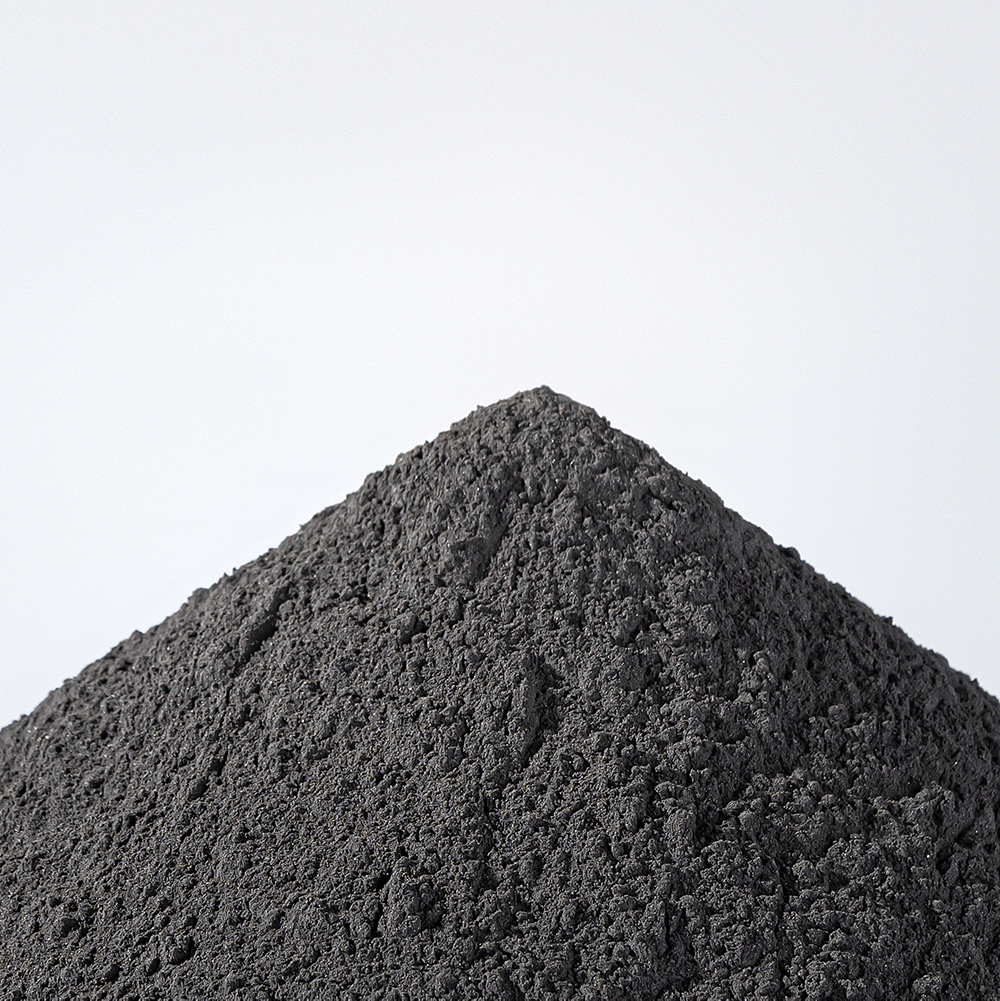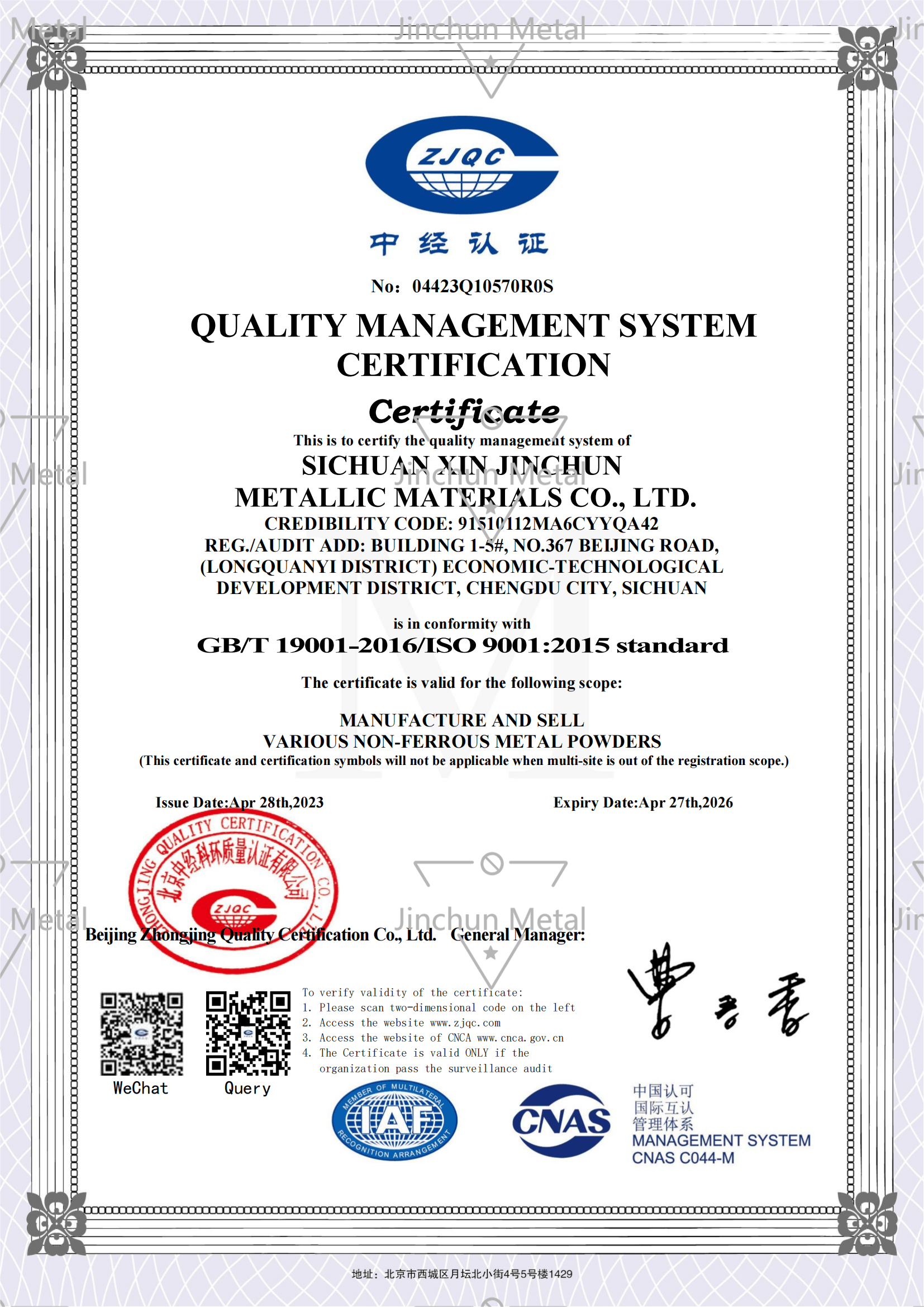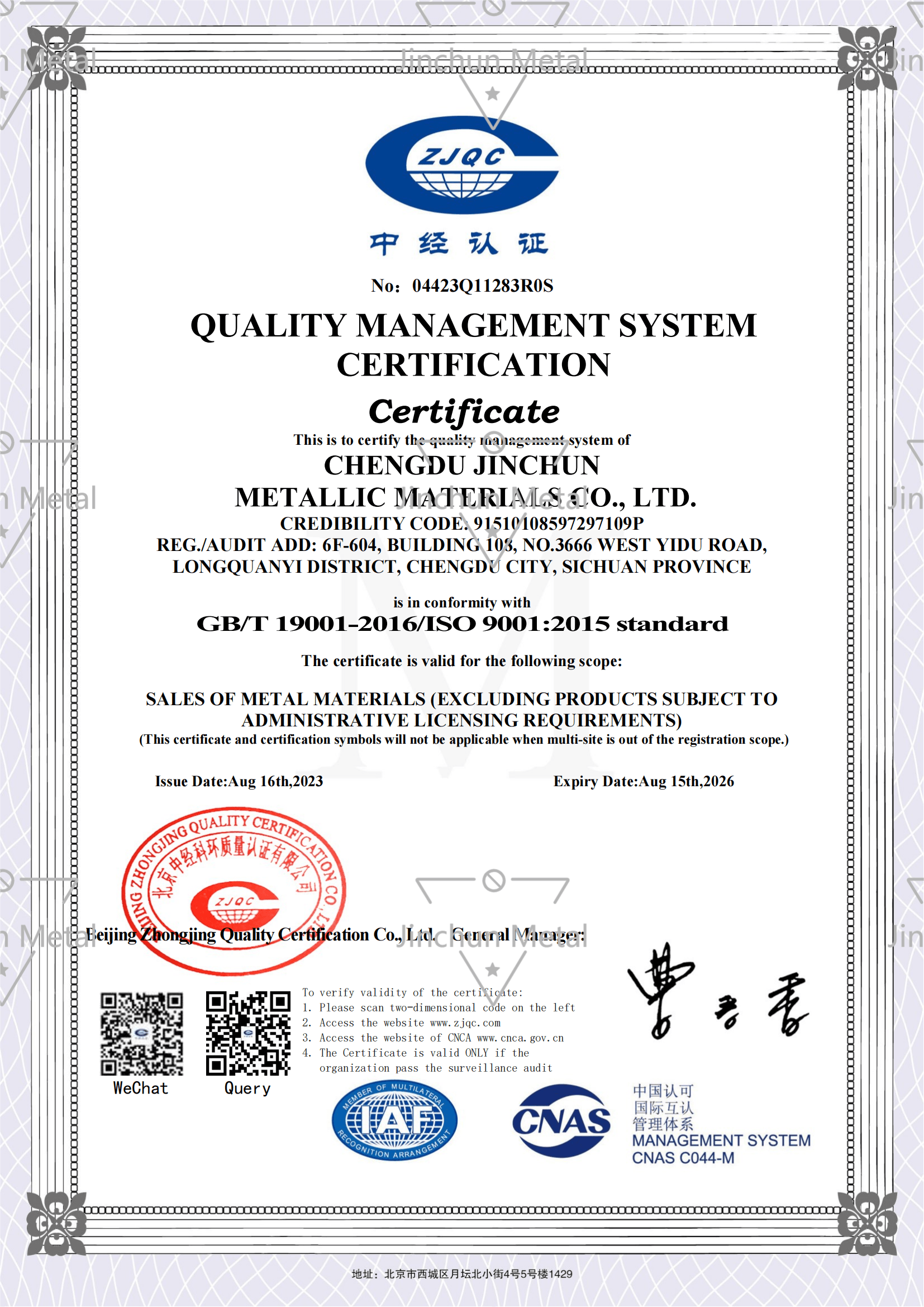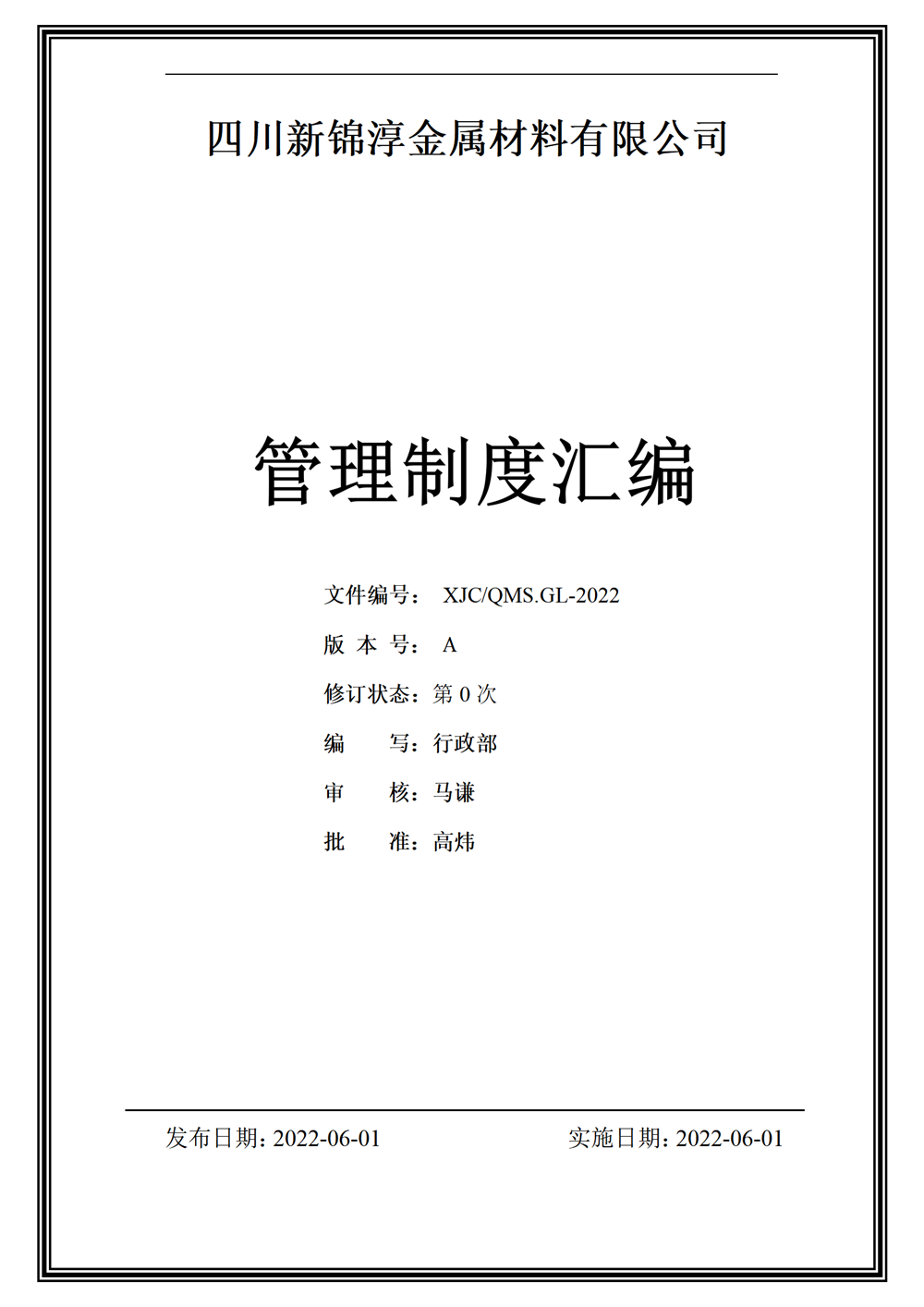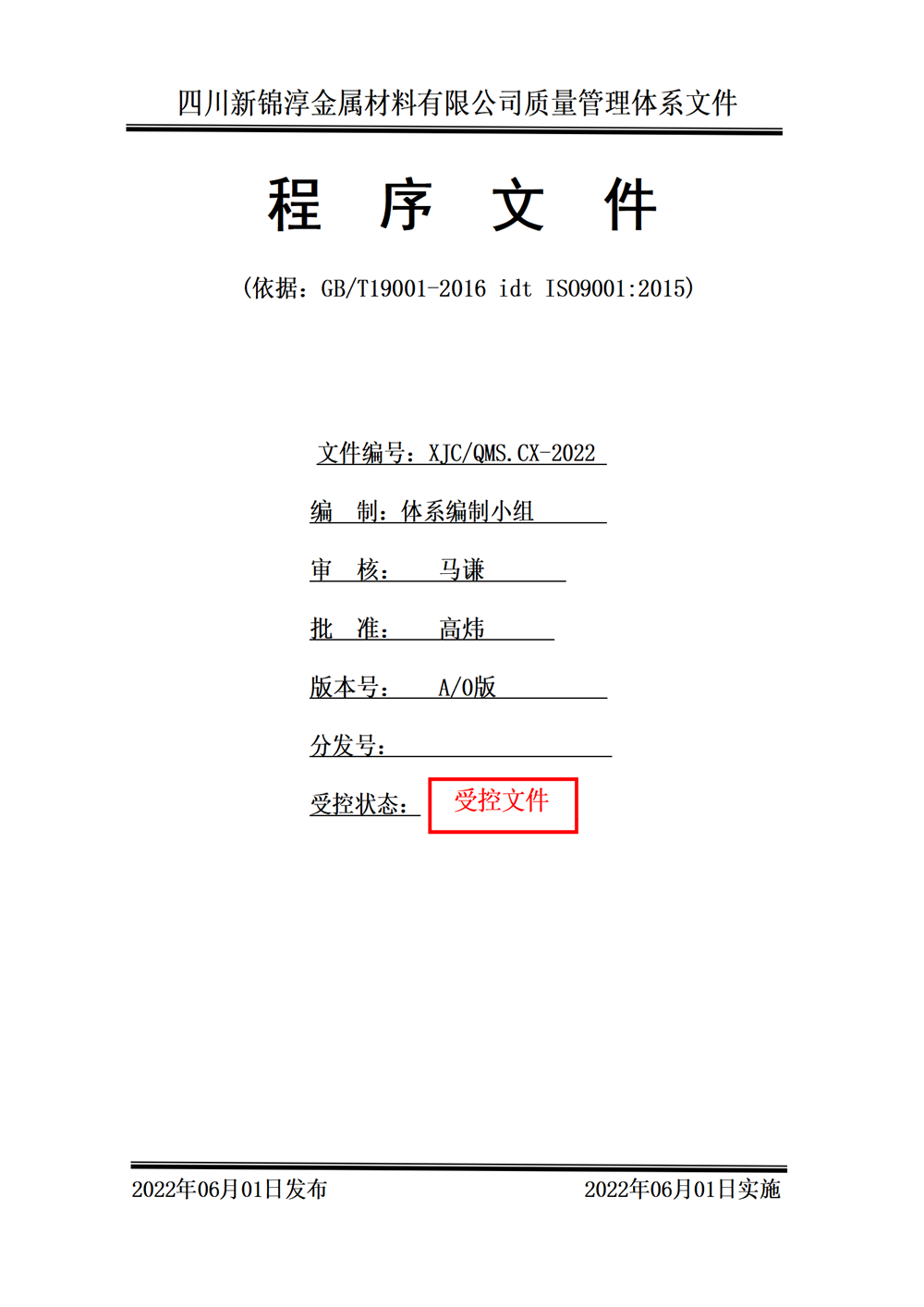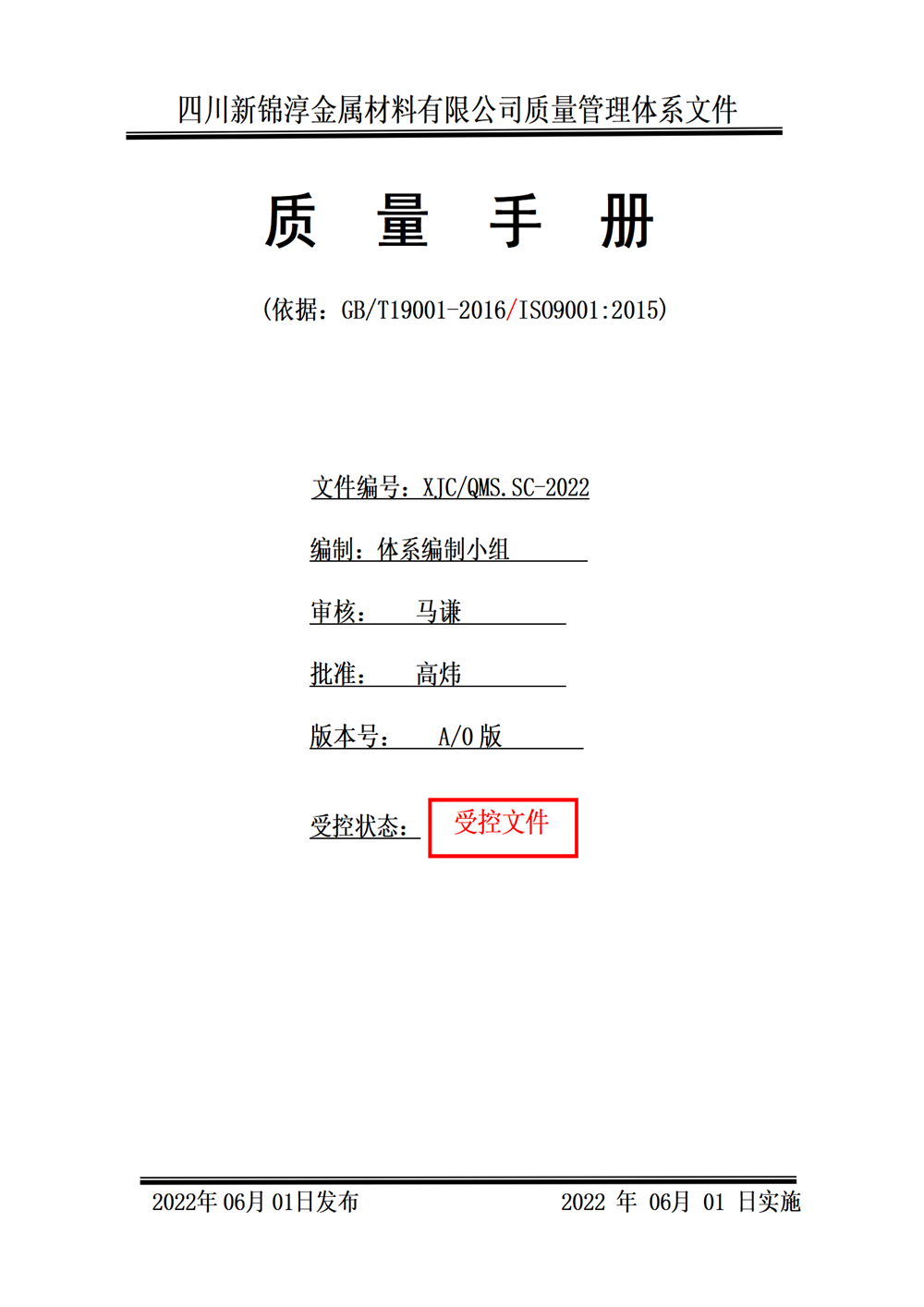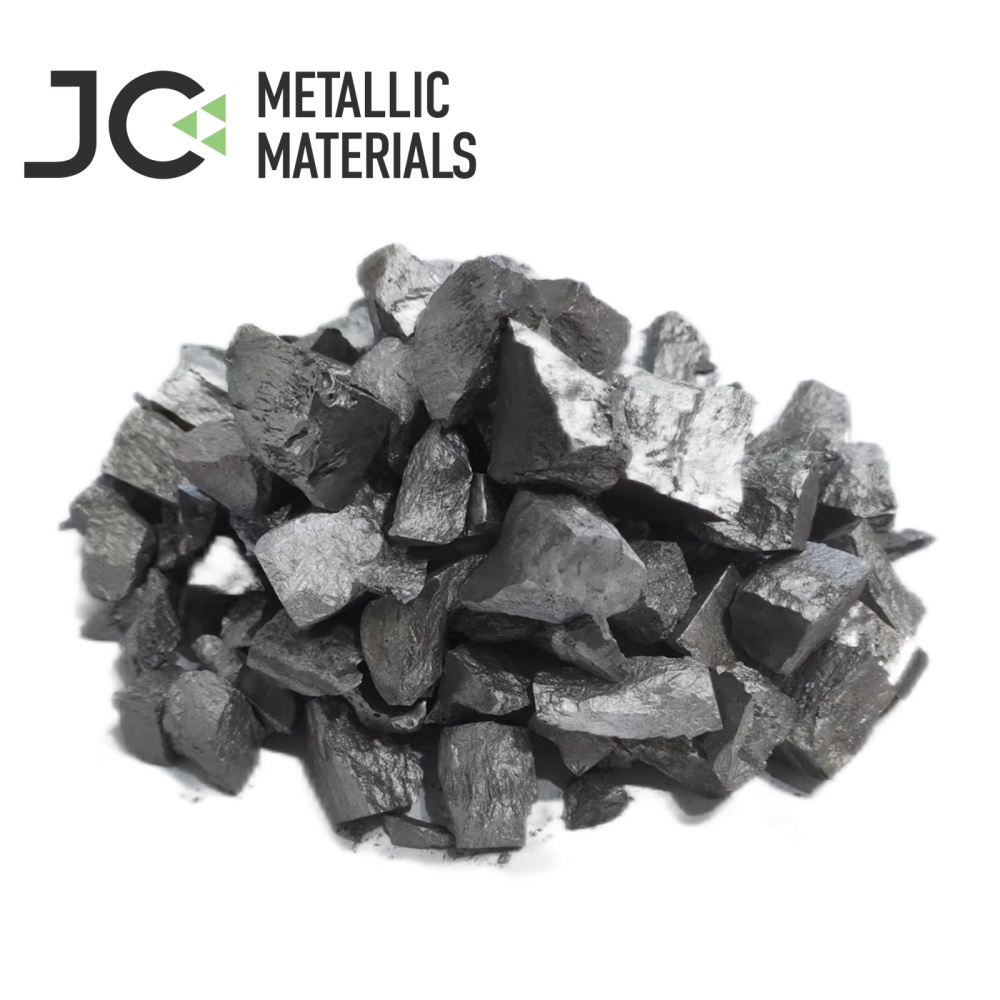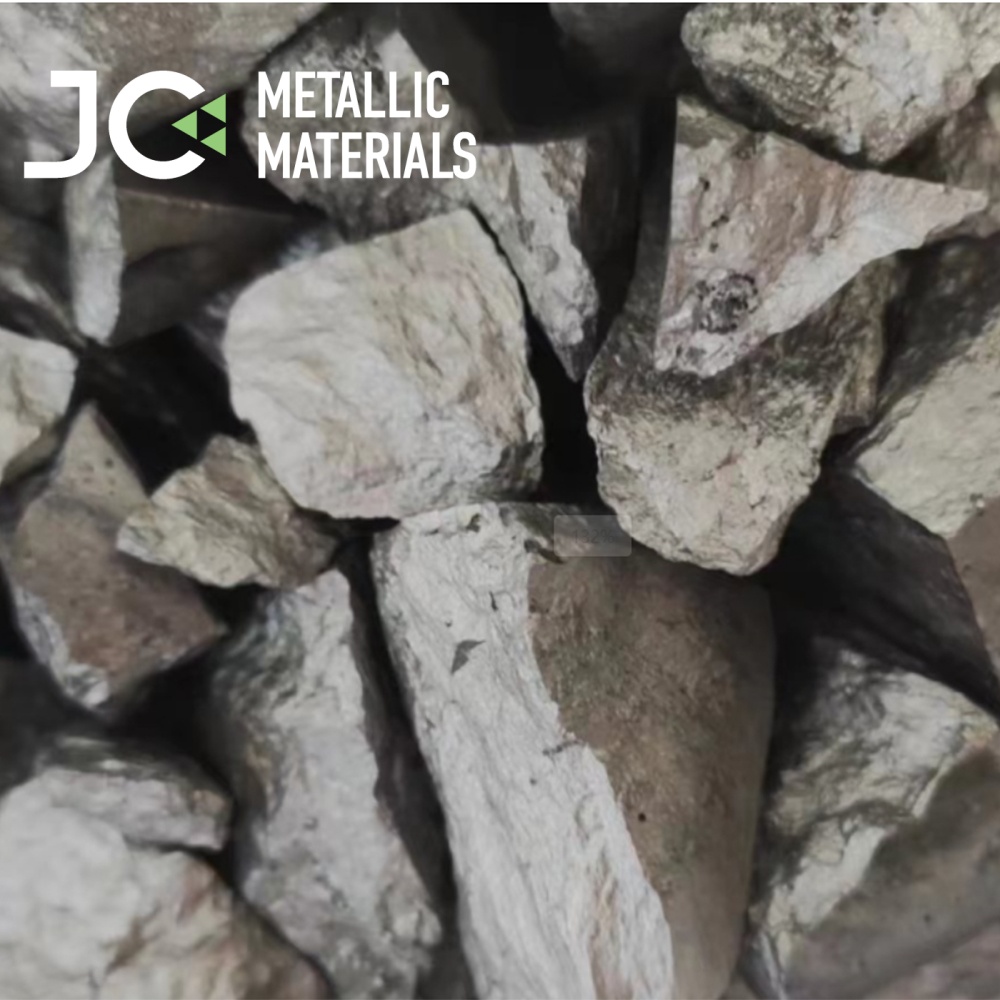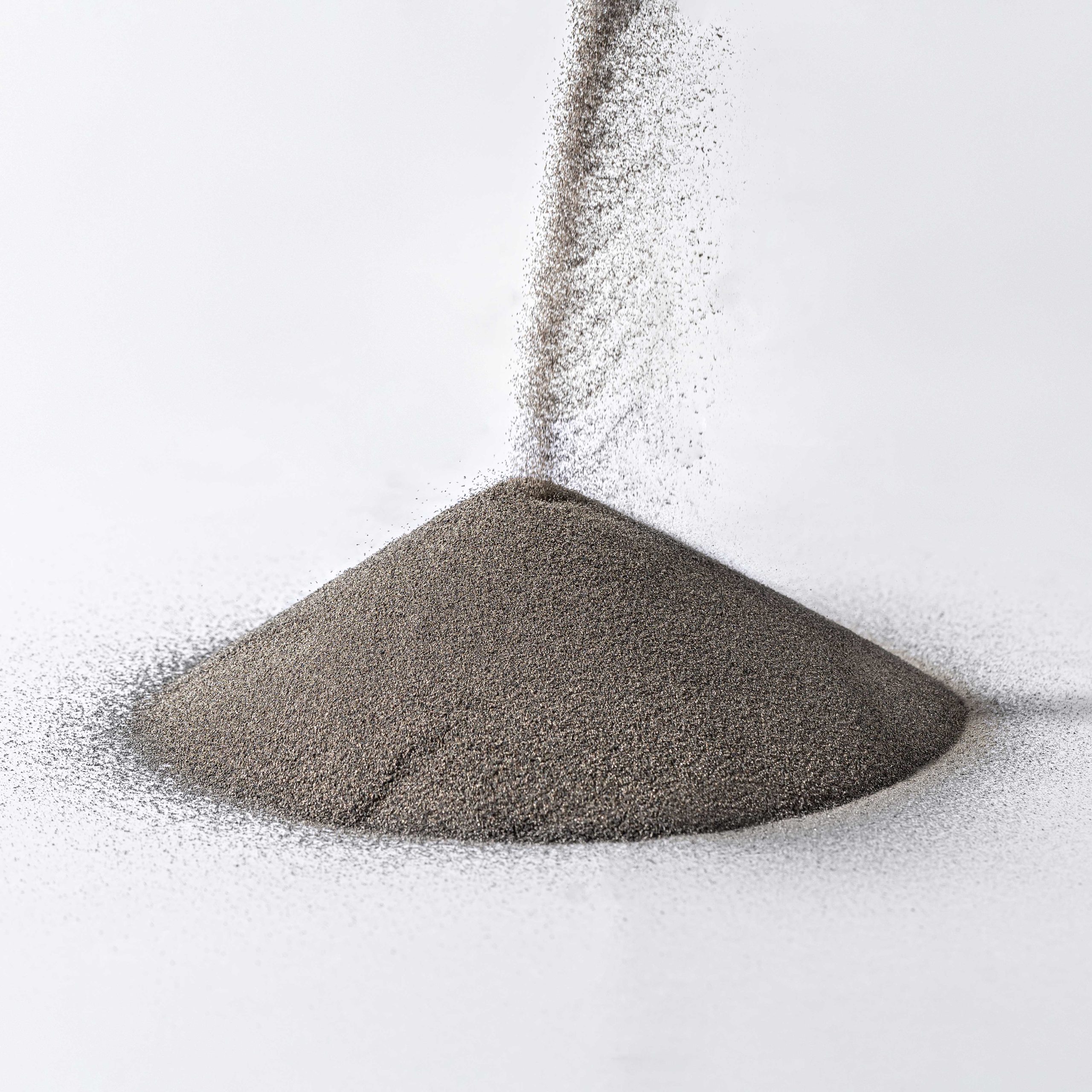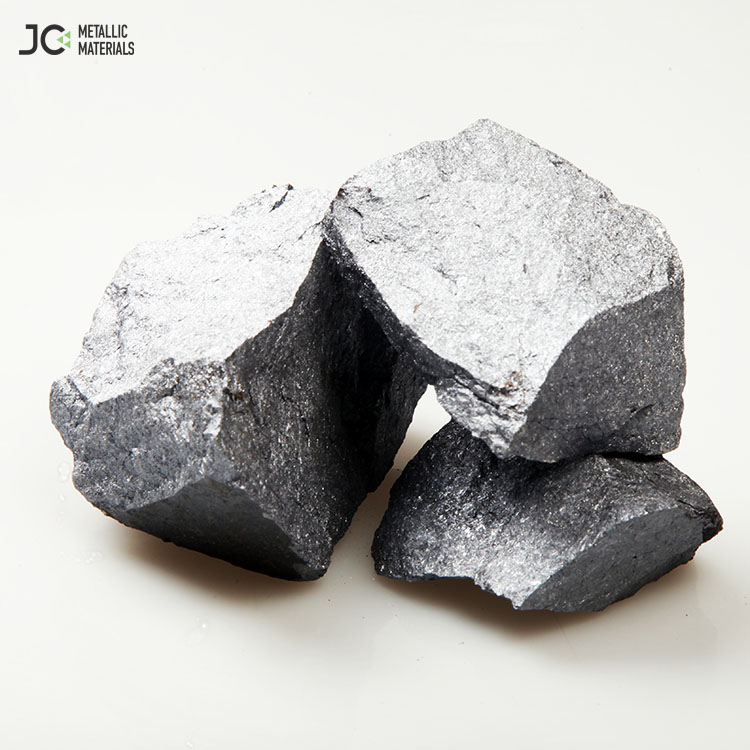
Molybdenum Disulfide MoS2
Product Character:
Molybdenum disulfide (MoS ₂) has a wide range of applications in industrial lubrication, electronic devices, energy storage, catalytic reactions, and biomedical fields due to its unique layered structure and physicochemical properties. Its core functions are reflected in its lubrication performance in extreme environments, semiconductor material properties, and efficient catalytic ability.
| Brand Name | Jinchun |
| Origin | China |
| Product name | Molybdenum Disulfide MoS2 |
| Application | Industrial lubrication,electronics and semiconductors,energy storage and conversion. |
| Shape | Powder |
| Color | Metal black |
| Size | 3~5μm. |
| Standard | GB/T 19001-2016/ISO9001: 2015 |
| Purity | MoS2: 98.5% min |
| Material | MoS2 |
| Packing | Vacuum packing in drums |
PRODUCT DETAIL
PRODUCT DETAIL
Product Character
Molybdenum disulfide (MoS ₂) has a wide range of applications in industrial lubrication, electronic devices, energy storage, catalytic reactions, and biomedical fields due to its unique layered structure and physicochemical properties. Its core functions are reflected in its lubrication performance in extreme environments, semiconductor material properties, and efficient catalytic ability.
2.Specification
Molybdenum Disulfide MoS2
3.Pictures of Powder
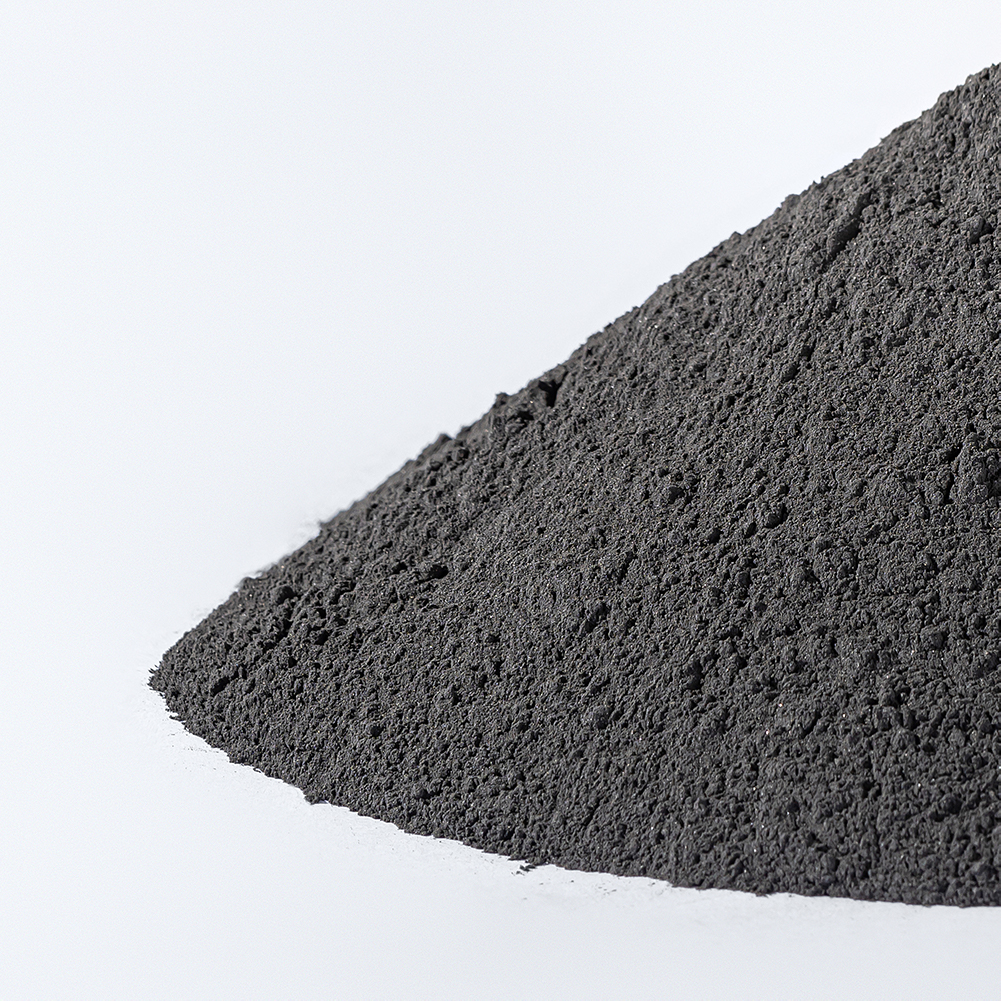
 Pictures of Production and Test:
Pictures of Production and Test:
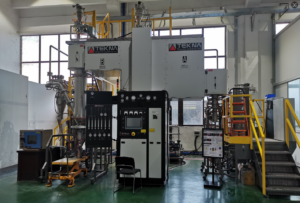
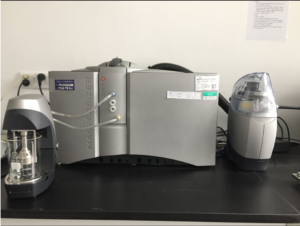
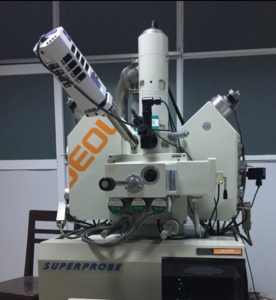
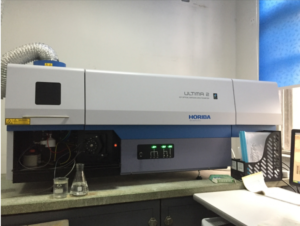 4.Application
Molybdenum disulfide (MoS ₂) has a wide range of applications in industrial lubrication, electronic devices, energy storage, catalytic reactions, and biomedical fields due to its unique layered structure and physicochemical properties. Its core functions are reflected in its lubrication performance in extreme environments, semiconductor material properties, and efficient catalytic ability.
Industrial lubrication field
1.Solid lubricant additive: The layered structure of molybdenum disulfide reduces its friction coefficient to 0.05-0.09, and can be dispersed in grease to form a high-temperature (-20 ° C to 120 ° C) and high-pressure lubrication system, suitable for precision mechanical components such as bearings, guides, and gears.
2.Wear resistant coating: As a spray coating material attached to metal surfaces, it significantly improves the wear resistance of components and extends the service life of equipment.
In the field of electronics and semiconductors
1.Flexible electronic devices: Ultra thin molybdenum disulfide (thickness<100 nanometers) is used to manufacture flexible transistors, foldable displays, and smart wearable devices due to its mechanical flexibility and high carrier mobility. 2.Optoelectronic conversion materials play an important role in solar cells and photodetectors, and the direct bandgap (about 1.8 eV) of single-layer molybdenum disulfide significantly improves light absorption efficiency.
Energy storage and conversion
1.Lithium/sodium ion battery: The large interlayer spacing structure can accommodate more lithium ions, and when combined with graphene, it increases the energy density of the battery by more than 30%.
2.Supercapacitors: High specific surface area (approximately 100-300 m ²/g) and conductivity support fast charging and discharging, suitable for high-power energy storage systems.
4.Application
Molybdenum disulfide (MoS ₂) has a wide range of applications in industrial lubrication, electronic devices, energy storage, catalytic reactions, and biomedical fields due to its unique layered structure and physicochemical properties. Its core functions are reflected in its lubrication performance in extreme environments, semiconductor material properties, and efficient catalytic ability.
Industrial lubrication field
1.Solid lubricant additive: The layered structure of molybdenum disulfide reduces its friction coefficient to 0.05-0.09, and can be dispersed in grease to form a high-temperature (-20 ° C to 120 ° C) and high-pressure lubrication system, suitable for precision mechanical components such as bearings, guides, and gears.
2.Wear resistant coating: As a spray coating material attached to metal surfaces, it significantly improves the wear resistance of components and extends the service life of equipment.
In the field of electronics and semiconductors
1.Flexible electronic devices: Ultra thin molybdenum disulfide (thickness<100 nanometers) is used to manufacture flexible transistors, foldable displays, and smart wearable devices due to its mechanical flexibility and high carrier mobility. 2.Optoelectronic conversion materials play an important role in solar cells and photodetectors, and the direct bandgap (about 1.8 eV) of single-layer molybdenum disulfide significantly improves light absorption efficiency.
Energy storage and conversion
1.Lithium/sodium ion battery: The large interlayer spacing structure can accommodate more lithium ions, and when combined with graphene, it increases the energy density of the battery by more than 30%.
2.Supercapacitors: High specific surface area (approximately 100-300 m ²/g) and conductivity support fast charging and discharging, suitable for high-power energy storage systems.
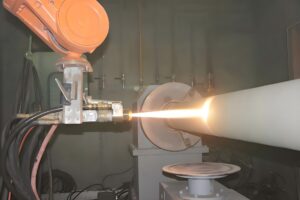
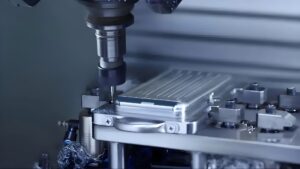

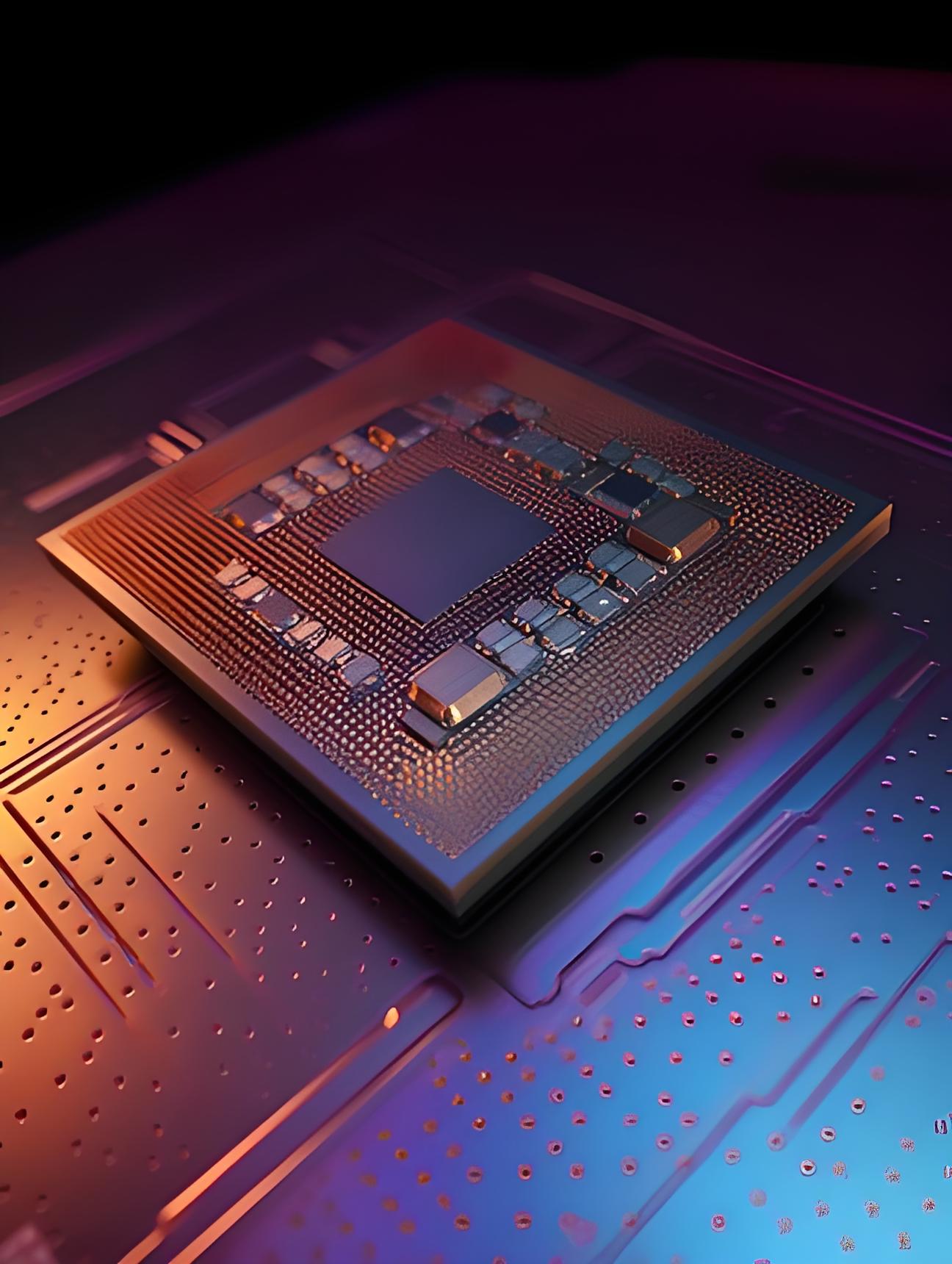
| Name/ Type | Element | MoS2 | MoO3 | Acid Number | Fe | SiO2 | Total Insolubles | H2O |
| Molybdenum Disulfide MoS2 | Standard(%) | ≥98.5% | ≤0.2 | ≤2.0 | ≤0.15 | ≤0.10 | ≤0.5 | ≤0.2 |
| Result(%) | 98.8 | 0.081 | 0.35 | 0.1 | 0.04 | 0.35 | 0.18 | |
| Size(µm) | D50:3~5 | 3.60 Typical | ||||||

 Pictures of Production and Test:
Pictures of Production and Test:



 4.Application
Molybdenum disulfide (MoS ₂) has a wide range of applications in industrial lubrication, electronic devices, energy storage, catalytic reactions, and biomedical fields due to its unique layered structure and physicochemical properties. Its core functions are reflected in its lubrication performance in extreme environments, semiconductor material properties, and efficient catalytic ability.
Industrial lubrication field
1.Solid lubricant additive: The layered structure of molybdenum disulfide reduces its friction coefficient to 0.05-0.09, and can be dispersed in grease to form a high-temperature (-20 ° C to 120 ° C) and high-pressure lubrication system, suitable for precision mechanical components such as bearings, guides, and gears.
2.Wear resistant coating: As a spray coating material attached to metal surfaces, it significantly improves the wear resistance of components and extends the service life of equipment.
In the field of electronics and semiconductors
1.Flexible electronic devices: Ultra thin molybdenum disulfide (thickness<100 nanometers) is used to manufacture flexible transistors, foldable displays, and smart wearable devices due to its mechanical flexibility and high carrier mobility. 2.Optoelectronic conversion materials play an important role in solar cells and photodetectors, and the direct bandgap (about 1.8 eV) of single-layer molybdenum disulfide significantly improves light absorption efficiency.
Energy storage and conversion
1.Lithium/sodium ion battery: The large interlayer spacing structure can accommodate more lithium ions, and when combined with graphene, it increases the energy density of the battery by more than 30%.
2.Supercapacitors: High specific surface area (approximately 100-300 m ²/g) and conductivity support fast charging and discharging, suitable for high-power energy storage systems.
4.Application
Molybdenum disulfide (MoS ₂) has a wide range of applications in industrial lubrication, electronic devices, energy storage, catalytic reactions, and biomedical fields due to its unique layered structure and physicochemical properties. Its core functions are reflected in its lubrication performance in extreme environments, semiconductor material properties, and efficient catalytic ability.
Industrial lubrication field
1.Solid lubricant additive: The layered structure of molybdenum disulfide reduces its friction coefficient to 0.05-0.09, and can be dispersed in grease to form a high-temperature (-20 ° C to 120 ° C) and high-pressure lubrication system, suitable for precision mechanical components such as bearings, guides, and gears.
2.Wear resistant coating: As a spray coating material attached to metal surfaces, it significantly improves the wear resistance of components and extends the service life of equipment.
In the field of electronics and semiconductors
1.Flexible electronic devices: Ultra thin molybdenum disulfide (thickness<100 nanometers) is used to manufacture flexible transistors, foldable displays, and smart wearable devices due to its mechanical flexibility and high carrier mobility. 2.Optoelectronic conversion materials play an important role in solar cells and photodetectors, and the direct bandgap (about 1.8 eV) of single-layer molybdenum disulfide significantly improves light absorption efficiency.
Energy storage and conversion
1.Lithium/sodium ion battery: The large interlayer spacing structure can accommodate more lithium ions, and when combined with graphene, it increases the energy density of the battery by more than 30%.
2.Supercapacitors: High specific surface area (approximately 100-300 m ²/g) and conductivity support fast charging and discharging, suitable for high-power energy storage systems.




